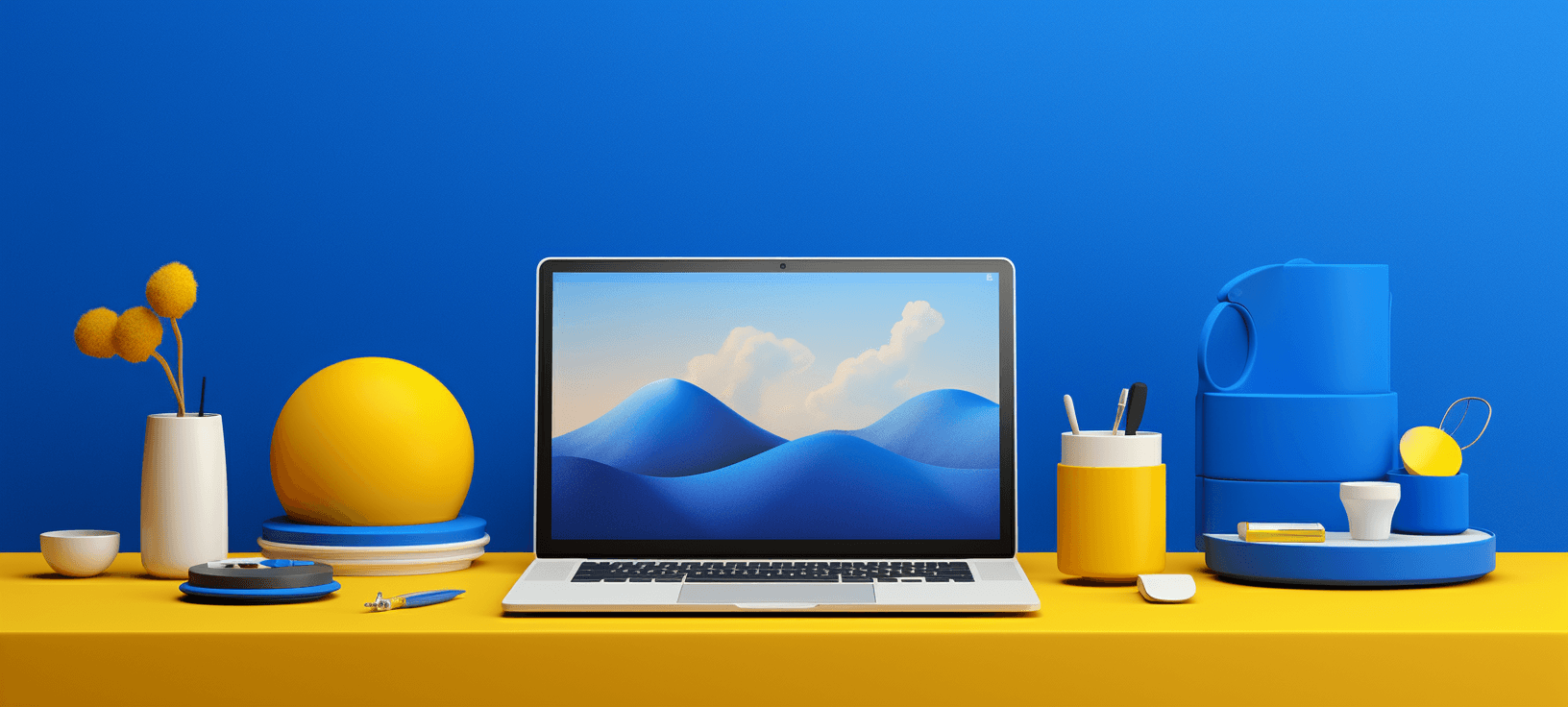Innovative Internet Design Solutions for Modern and Engaging Sites
In the realm of web design, the pursuit of modern and engaging solutions has come to be significantly essential for organizations intending to record individual interest. By integrating bold shade systems, interactive components, and receptive designs, designers can create experiences that not only reverberate with customers yet additionally boost brand identity.
Embracing Vibrant Shade Schemes
In website design, the calculated use of bold color pattern can considerably enhance user involvement and brand identity. By using lively hues, developers can produce visually striking internet sites that catch attention and cultivate an unforgettable experience. A well-chosen shade combination not only mirrors a business's worths yet likewise stimulates certain emotions that can affect user actions.
Bold shades can be employed to lead individuals' focus to crucial elements such as phone calls to action, improving conversion prices. Making use of contrasting colors for buttons and web links can make these elements stand out, triggering customers to interact more conveniently. A cohesive color system throughout the website strengthens brand name acknowledgment, creating a sense of experience and depend on amongst site visitors.
However, it is important to stabilize vibrant shades with adequate white space to prevent overwhelming individuals. Reliable use typography also complements strong colors, making sure readability while keeping aesthetic allure. Inevitably, welcoming bold color schemes in website design not only raises aesthetic high quality however additionally plays an integral role in achieving strategic company objectives, making it an important consideration for modern web development.

Using Interactive Components
Interactive aspects are important in modern-day web layout, as they considerably boost individual involvement and produce an extra dynamic surfing experience. By incorporating attributes such as animations, float effects, and clickable aspects, internet sites can encourage customers to explore material better and return for future visits.

Micro-interactions, such as subtle animations when a switch is clicked or a kind is sent, can likewise enhance the user experience by providing prompt responses. These little information can make the web site feel more responsive and active, promoting a sense of connection in between individuals and the site.
Additionally, gamification aspects, such as rewards for finishing particular actions, can encourage individuals to engage with the content more deeply. By attentively incorporating these interactive parts, internet designers can produce a remarkable and appealing on-line experience that resonates with users and encourages them to return.
Implementing Responsive Layout
Carrying out receptive Go Here style is essential in today's multi-device landscape, making certain that sites supply an optimum viewing experience throughout numerous screen sizes. As individuals significantly access the internet through mobile phones, tablet computers, and desktop computers, a one-size-fits-all method is no much longer sensible. Receptive design permits seamless navigating and communication, adjusting format and content to fit the device being utilized.
Secret concepts of responsive design include liquid grids, adaptable photos, and media inquiries. Media inquiries help with the application of different styles based on the device's features, such as size, height, or resolution, enabling designers to customize the customer experience successfully.
Additionally, responsive design boosts search engine optimization efficiency, as online search engine favor mobile-friendly sites. By implementing receptive style, companies not only boost individual fulfillment and interaction but additionally boost their reach in a competitive digital landscape. As modern technology continues to develop, adopting receptive design has actually ended up being a fundamental technique for any kind of contemporary and engaging internet site.
Incorporating Multimedia Material
Multimedia web content plays a crucial function in creating engaging and dynamic internet experiences that catch users' interest and enhance understanding. By incorporating text, images, audio, and video clip, web sites can offer a richer story that attract numerous learning designs and preferences. This assimilation not only boosts user involvement but likewise help in communicating complex ideas succinctly.
Including top notch images and infographics can separate textual web content, making it much more absorbable. Similarly, video tutorials and discussions can provide thorough understandings that static material might not totally communicate. Audio elements, such as podcasts or background music, can likewise boost the ambience of a site, producing an extra immersive experience.
Moreover, the calculated usage of multimedia can boost SEO performance, as online search engine prefer varied web content kinds, increasing exposure. It is important to make sure that multimedia aspects do not impede page load times, as this can lead to user frustration. By balancing multimedia assimilation with efficiency factors to consider, web designers can create aesthetically enticing and practical sites that resonate with users, cultivating a much deeper connection and encouraging return visits.
Focusing On Customer Experience

To accomplish an optimal user experience, developers need to concentrate on several key concepts. Clear telephone calls to activity, understandable typography, and organized web content overview individuals, reducing cognitive lots.
Eventually, focusing on UX not only boosts individual satisfaction however this also drives interaction and conversion prices, making it a vital component of modern internet layout techniques. By positioning individuals at the facility of design efforts, internet sites can create enduring, favorable impressions that motivate return visits.
Final Thought
To conclude, modern web style remedies that emphasize strong shade systems, interactive elements, responsive style, and multimedia web content considerably improve customer engagement and fulfillment. Focusing on customer experience through clear designs and constant responses better adds to improved conversion rates. By embracing these methods, internet sites can effectively captivate visitors and strengthen brand identification, eventually bring about an extra vibrant and interesting online visibility. The integration of these design concepts is important site important for achieving modern website design objectives.